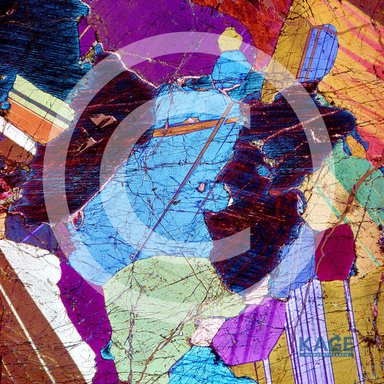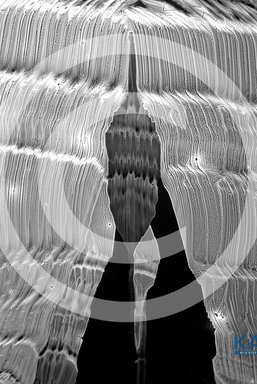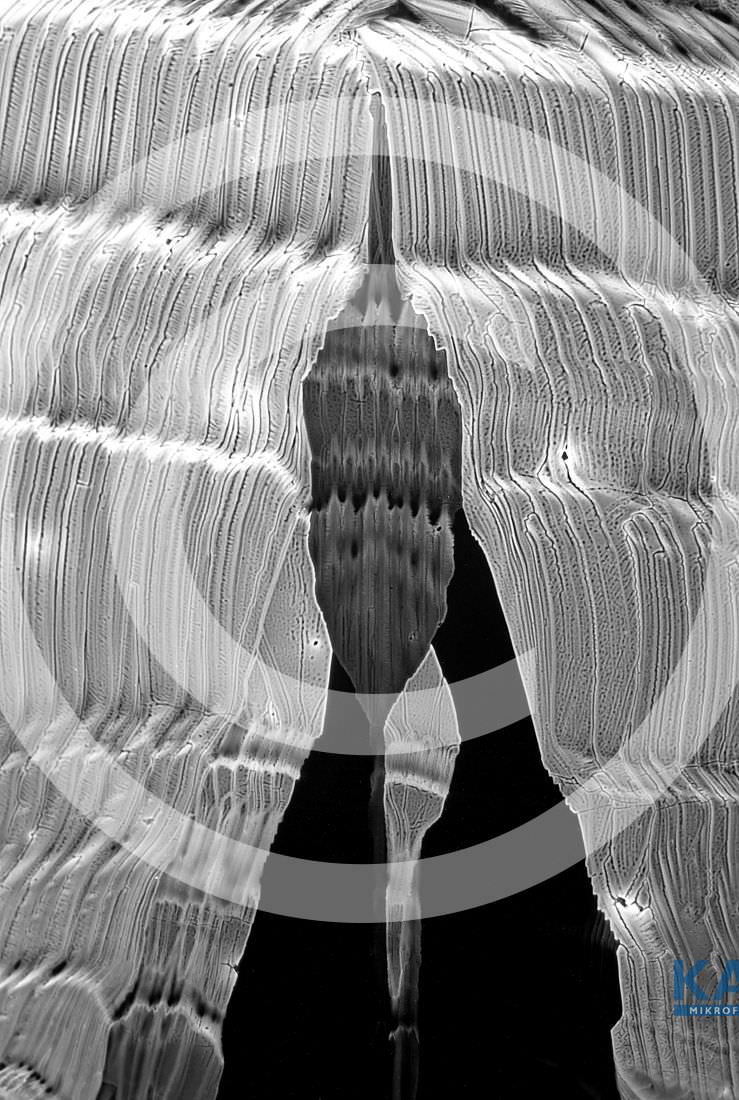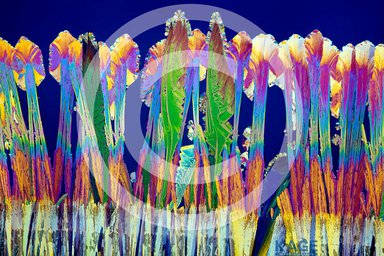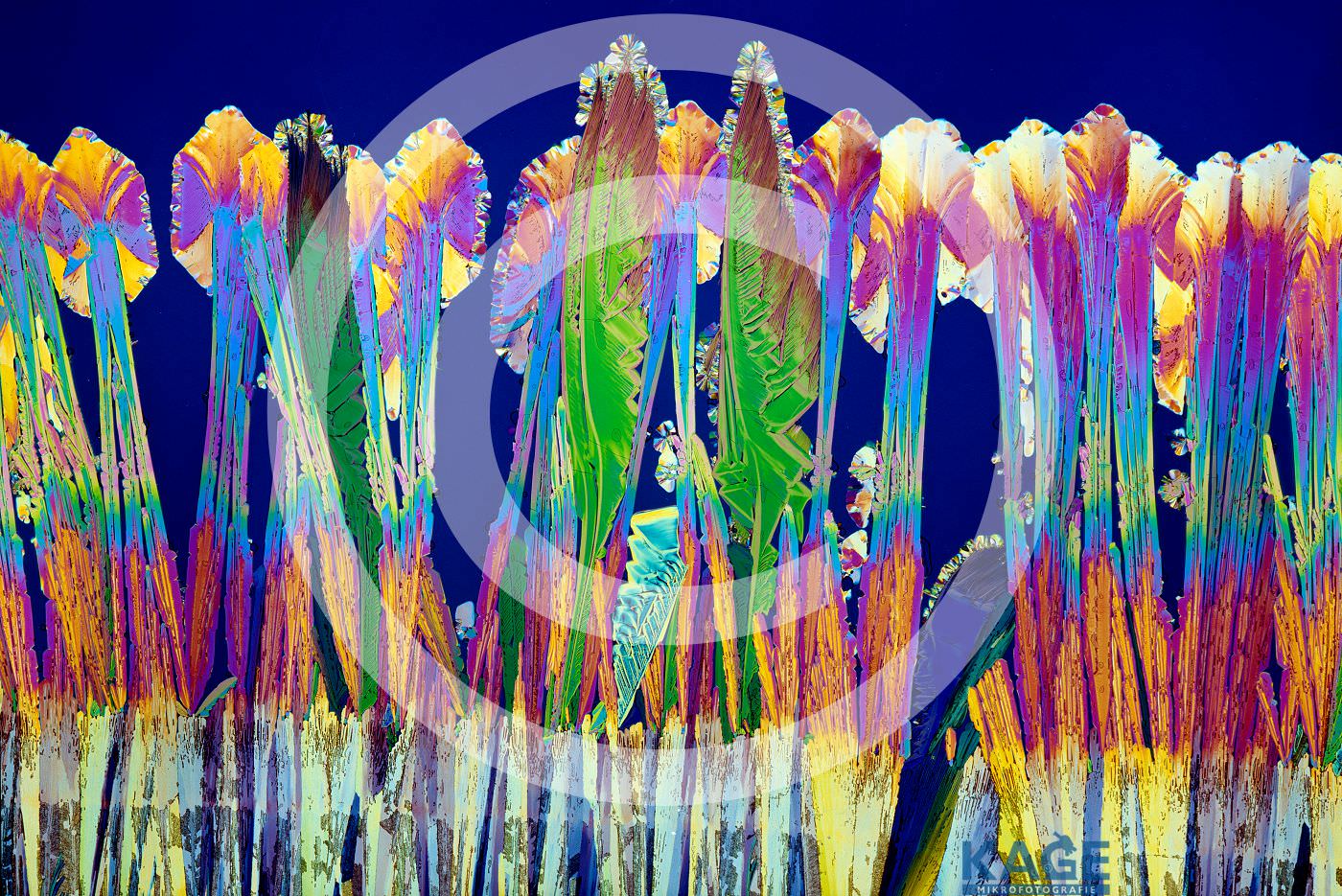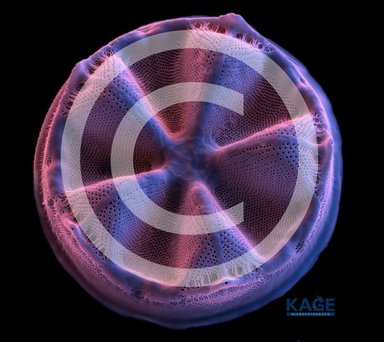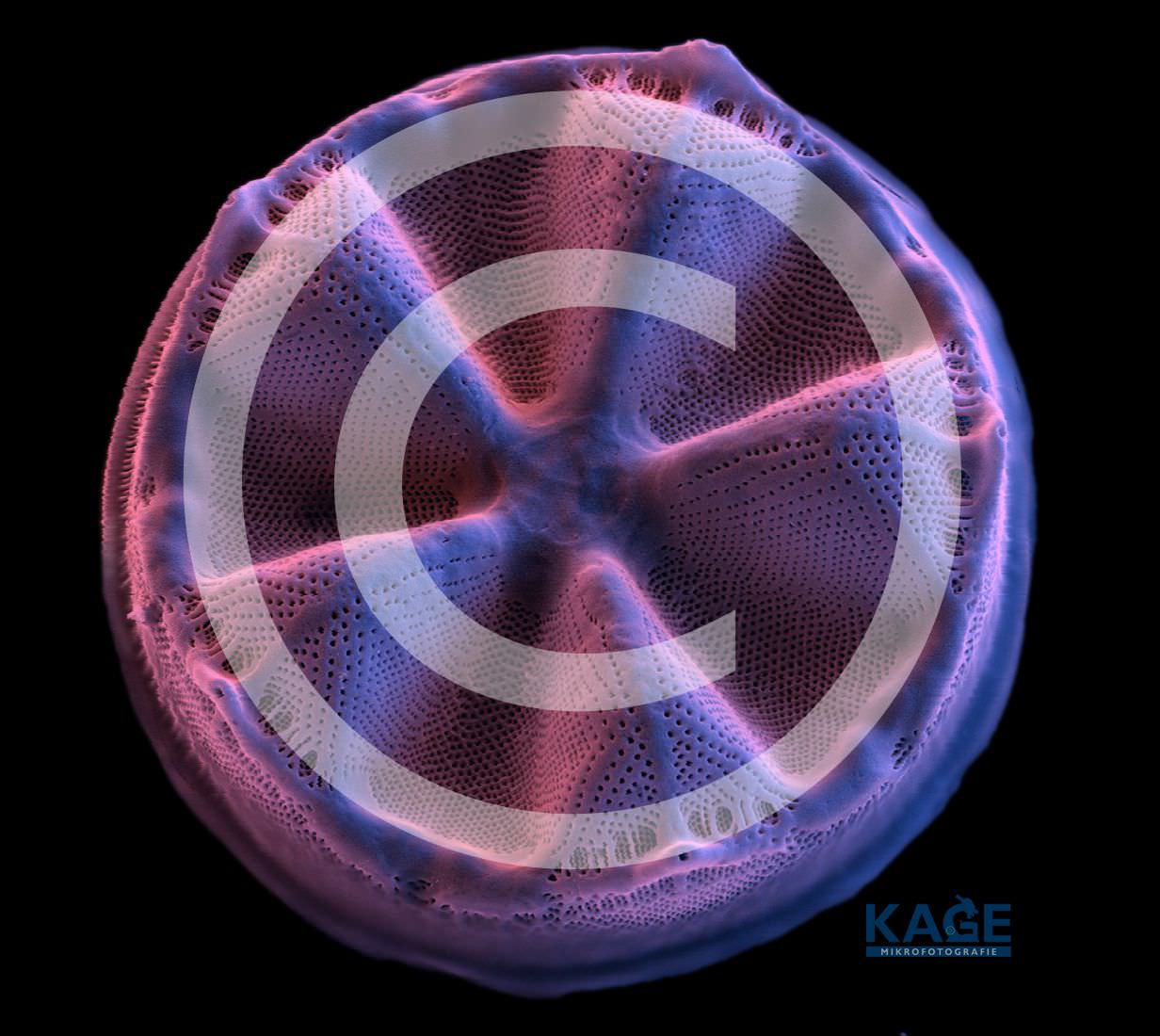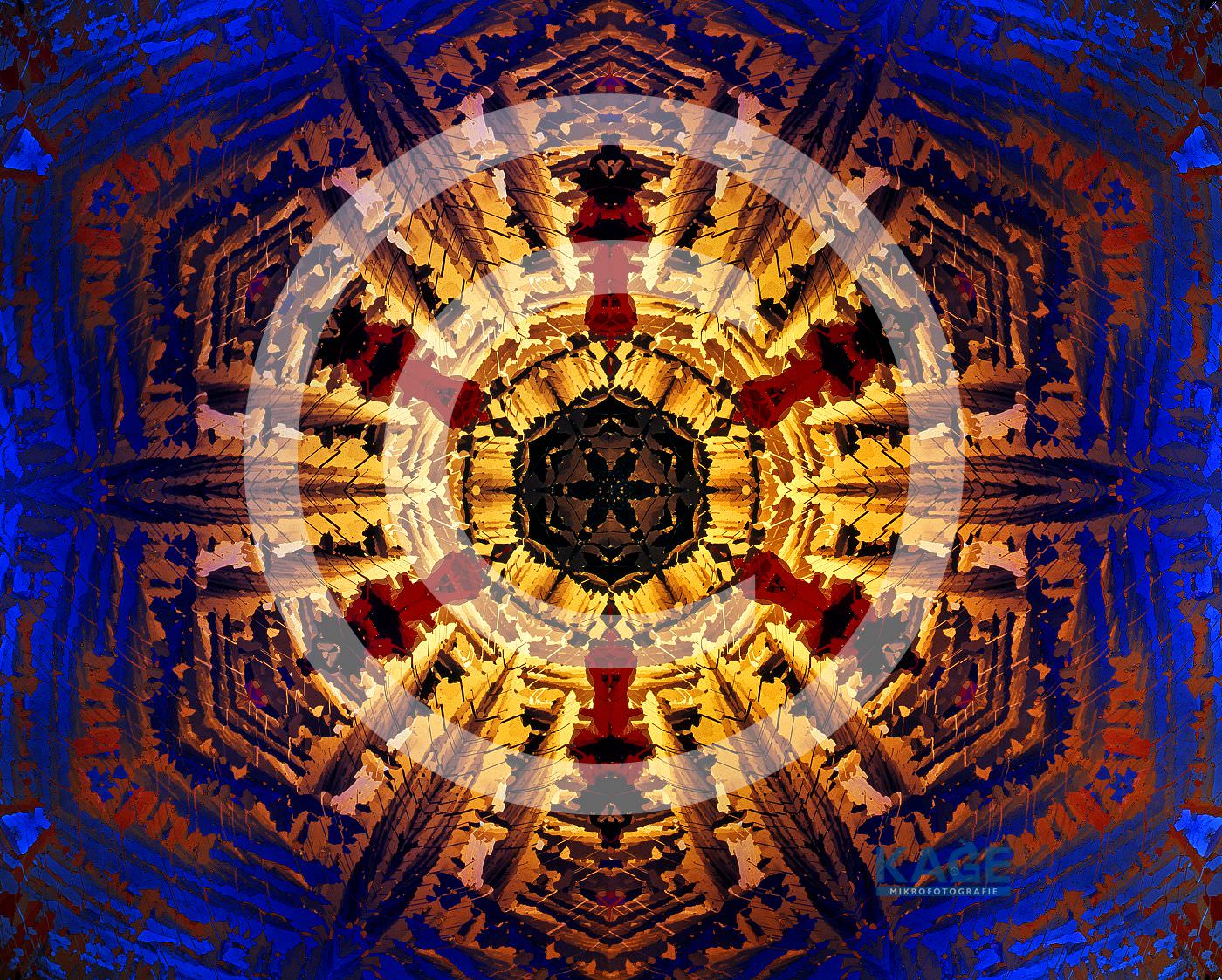Manfred P. Kage | Fotografie informell (since 1958)
Manfred P. Kage | Fotografie informell (since 1958)
Apparative art: from homogeneous images to dissolved formations - "From structure to form". "Fotografie informell" was launched in 1958 by M.P. Kage as an analogy to painting Informal. Since 1961, Kage has also participated as a ZERO artist in exhibitions, performances and multimedia presentations with his black-and-white series.
Format:
Photo / Video
